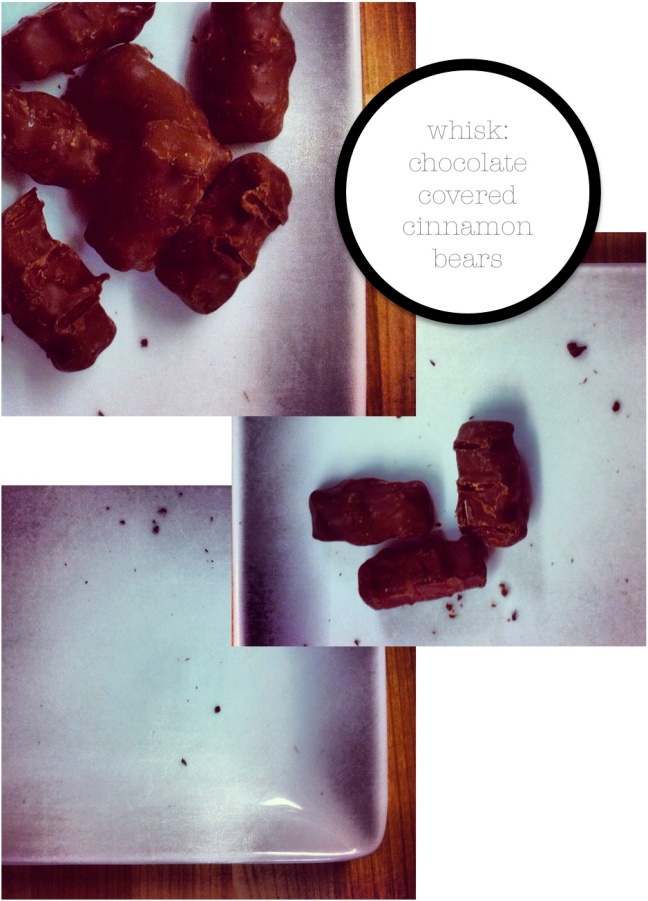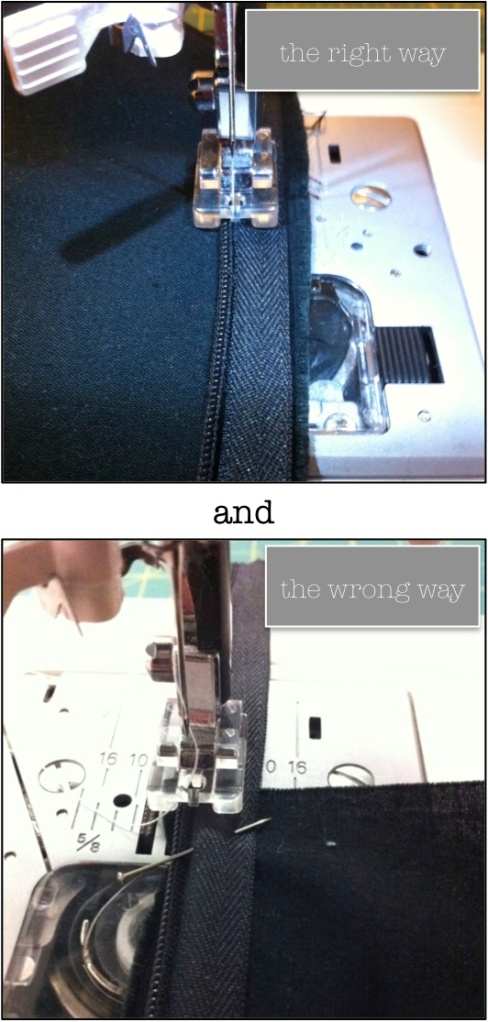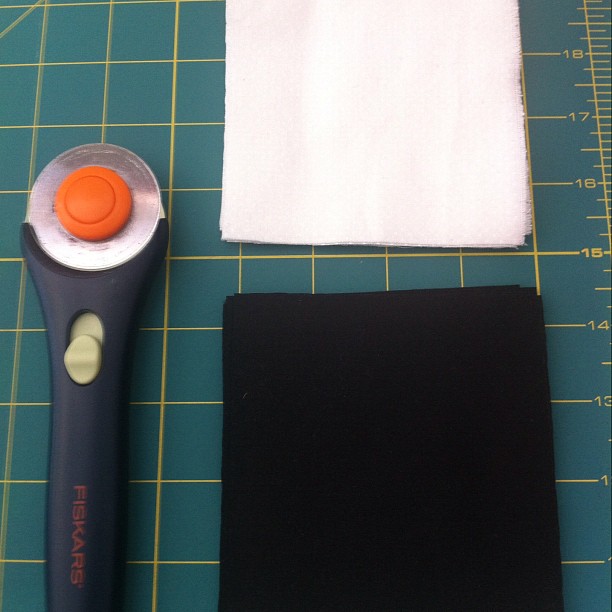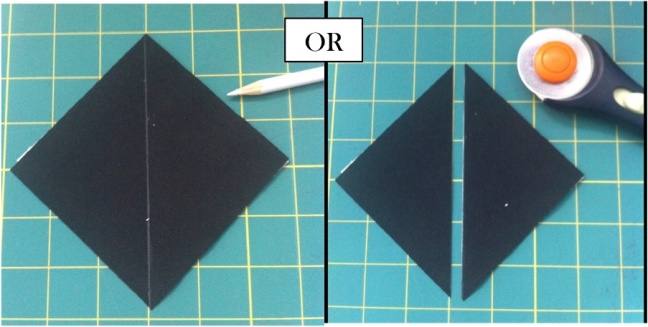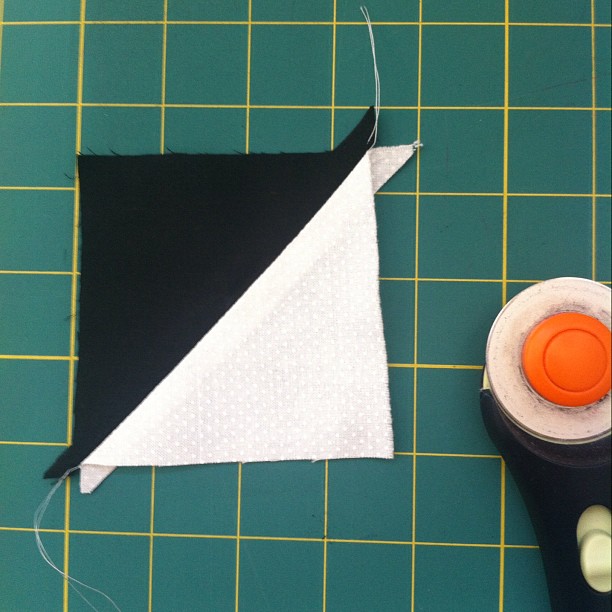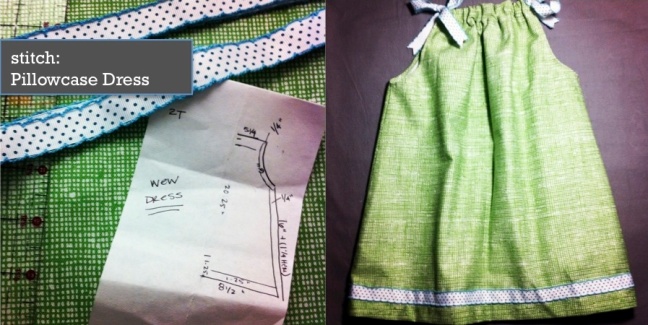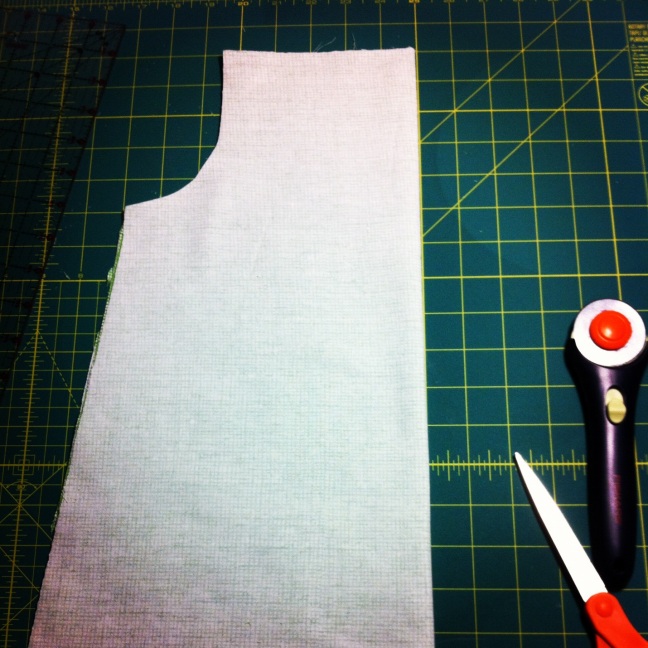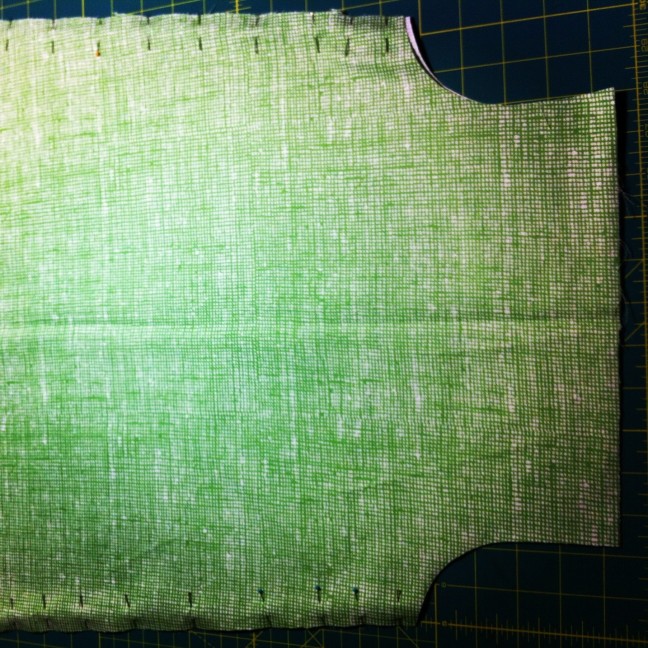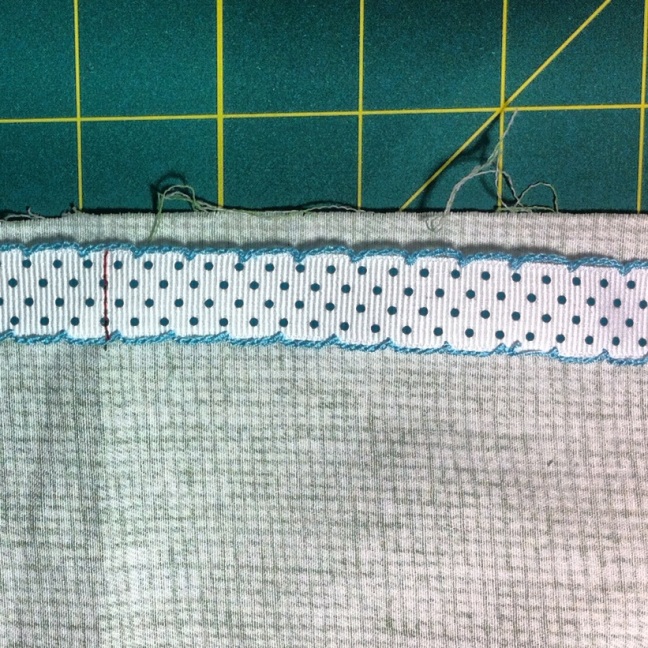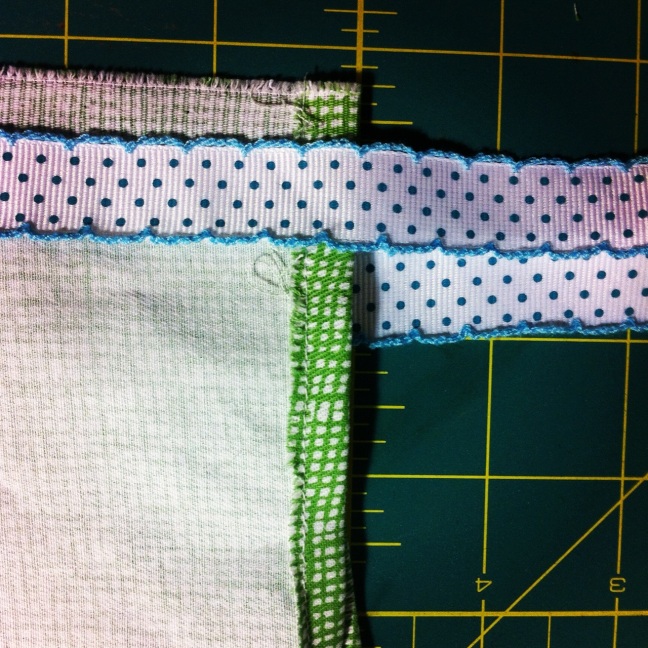going, going, gone.
Chocolate covered cinnamon bears are my absolute favorite candy in the world. But I hate that I can only find milk chocolate covered in the stores. So the other night, on sugar craving whim, I decided to make my own using a combination of bittersweet and milk chocolate. After tasting these bad boys, I know I’ll never go back to store bought again.
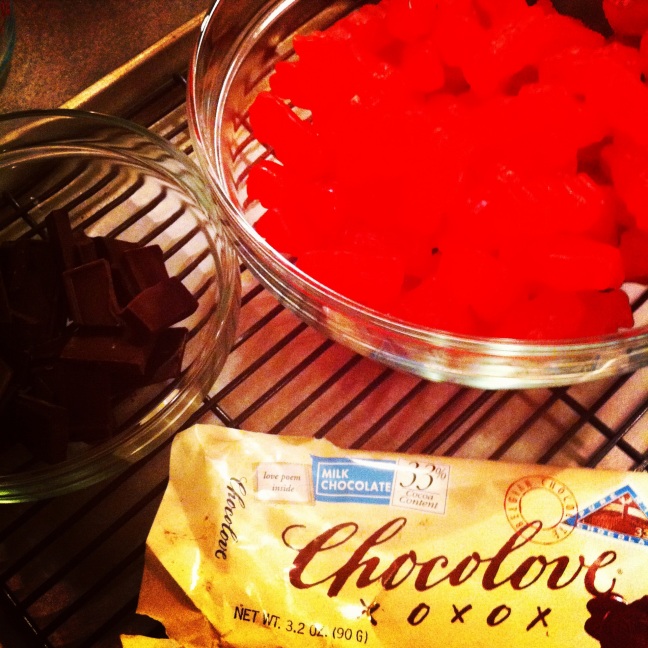
Here’s what you’ll need:
+ 8 oz. bittersweet chocolate (60% cacao)
+ 4 oz. milk chocolate
+ store-bought cinnamon bears
The key to this is tempering the chocolate, which essentially means, controlling the temperatures. So to do this, start by filling a pot with about 2 inches of water. Heat over medium heat until it just simmering. While the water is heating, take 4 oz. of bittersweet and 4 oz. of milk chocolate chop/break into pieces and place in a glass or metal heatproof bowl. Next, take a sheetpan/cookie sheet line it with parchment paper and place a cooling rack on top. Set aside.
When the water is simmering, remove from heat and place the bowl on top and stir with a spatula or metal spoon until it is just melted. Remove the bowl from the pan and stir in the remaining 4 oz of bittersweet chocolate. Stir until all the pieces are melted and then place back on top of the pot for about 30 seconds. If there are chunks, remove using your spatula or metal spoon.
Then about 10-15 at a time, add the cinnamon bears to the chocolate, roll them around until they are covered. With a pair of tongs gently shake the excess chocolate from them and place on a cookie sheet. Repeat until all of the chocolate is used and/or you are out of gummy bears.

Let the chocolate dry for at least 2 hours or overnight. Remove from the rack, serve and/or store. Consider yourself warned, these won’t last for long.

They are such a great combination of spicy with a hint of chocolate from the outer thin layer, I’m almost tempted to buy an enrobbing machine and open a sweet shop. I made about 4 dozen of these in 30 minutes on Tuesday night and 24 hours later, they were gone. I will admit that I took down my fair share of these bears and I’m nervous psyched to try others. I’m wondering if Sour Patch Kids can stand up to the heat of the chocolate and red swedish fish. I’m sure I’ll be back to share those results. In the meantime, melt some chocolate and share these with someone you love.
xoxo,
Katie

